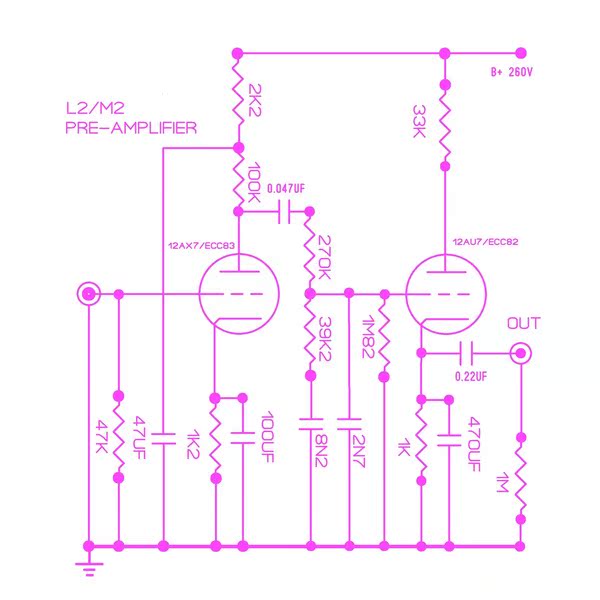

The Signature uses AN tantalum resistors while the standard uses the Beyshlag metal film resistors. The main difference between the standard and signature version is the choice of componentry as the circuit design is identical. It also comes in a Line SE or with Phono. You can choose from Line push-pull, or with phono. The integrated amps actually range from the I Zero to the Ongaku with 40 different options between both in finish, componentry and input and output configuration.įor example, take an OTO, push-pull or single-ended, with phono or just line stage, standard or signature edition, brushed aluminum or black acrylic. Remote volume control, mute and input selection.ĭIMENSIONS 340(w) x 199(h) x 451(d) mm incl. The USB input can accept up to 16-bit/48kHz. The Optical SPDIF input can accept signals up to 24-bit/96kHz (see above). The digital coax inputs can accept signals up to 24-bit/176.4kHz (native bit-depth for the Philips TDA1543 D/A converter chip is 16bit, so anything above this is truncated down). It is capable of driving a wide variety of 'speakers thanks to its exceptional double C-core output transformers, which are custom designed and manufactured by Audio Note (UK).Ĭobra is equipped with three analogue stereo inputs, and an additional three digital inputs, via the onboard DAC. Our latest integrated amplifier, producing 28 watts per channel from a pair of E元4 valves operating in Class A push-pull. The first thing to understand is that you get what you pay for and there are always sweet spots. Once you gain a little of the understanding of the levels that Audio Note uses to differentiate increasing levels of performance, then it starts to make a little sense. Audio Note manufacture such a vast range of amplifiers, both integrated and pre and power that it is potentially easy to suffer confusion and a sense of "why ?".


 0 kommentar(er)
0 kommentar(er)
